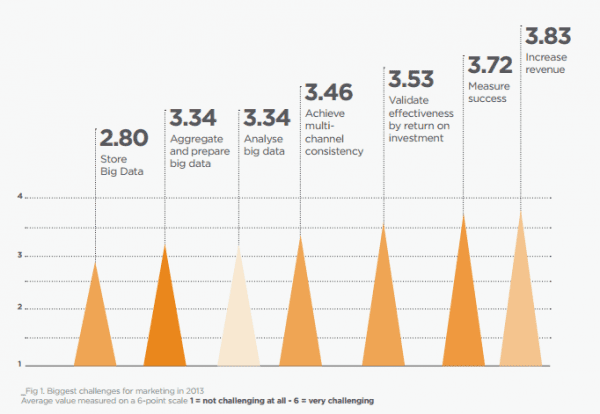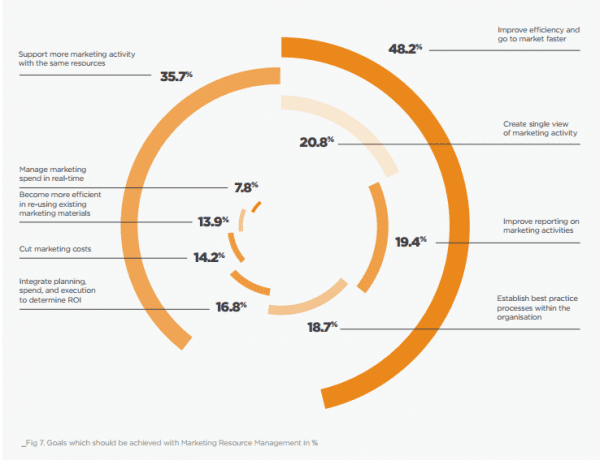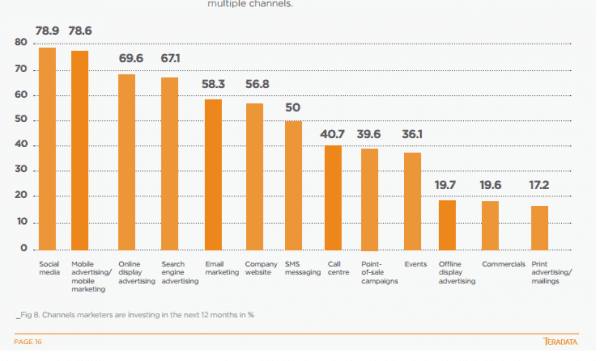How European marketers are applying data-driven marketing
Value/Importance: ★★★
Recommended link: Data-Driven Marketing Survey 2013 Europe and Infographic on key findings
We are alerting you to the new report by Teradata, who partnered with The Technical University of Munich and the University of Applied management, to survey over 1000 Senior Marketeers across 19 European countries to find out their biggest challenges, how to address them and adoption of technologies.
Findings delved into the use of technology into today's multi-channel environment, tools to improve ROI and performance and acquiring budget.
Sound familiar? ".. the tough economic climate is putting marketers under severe pressure to directly increase the revenue of the overall business and to justify their success by applying strict return on investment (ROI) measures"
The findings will be of interest to Marketers who are in similar positions and being asked to justify ROI, looking at how to manage the diversity of their digital channels and use of data analytics and insight. Some findings will already be apparent in most businesses though European Marketers are using technology to keep on top and up to date with changes.
Here are some highlights from the data-driven marketing survey
1. Challenges of Big Data
Pressure for Marketing departments to show quick returns on investment, to be able to measure and validate campaigns. 27% of respondents feel constant pressure to show short-term results.

2. Goals achieved from Marketing Resource Management
48% of respondents using MRM, viewed it as a 'driver to improve efficiency and get to market faster'. Though interesting that more than 35% are using their current resources to support their marketing activities.

3. Managing multi-challenge touchpoints and customer experience
In Europe, Marketers tend to use on average 7 different channels on and off-line (social media to print and internet searches to TV) and more than 1/4 or managing the customer experience across 10 channels.
Here are the investment channels for the next 12 months for the European respondents:











